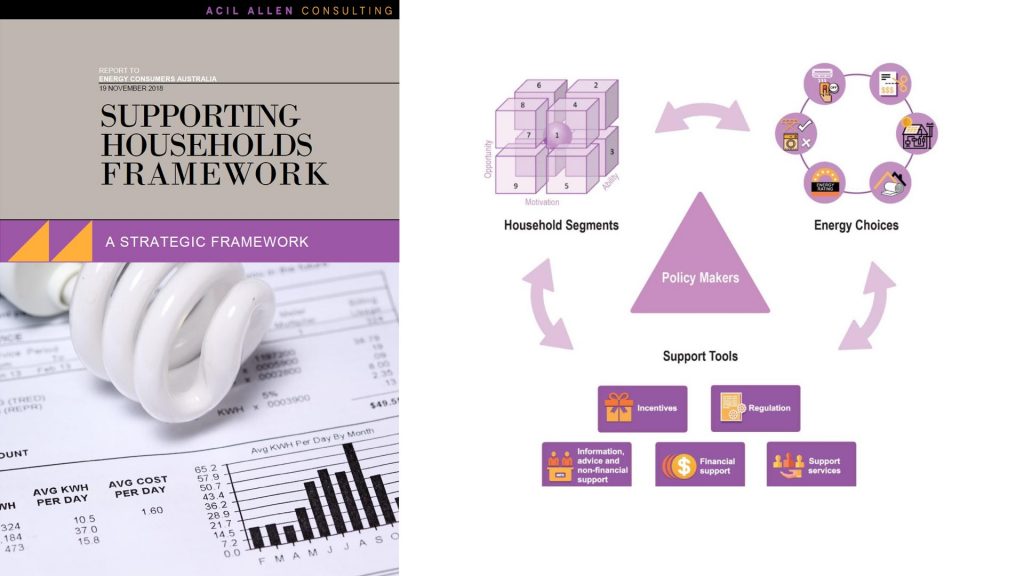This report is published at a time when people are telling Energy Consumers Australia that energy costs are a critical concern – households and businesses have seen their prices almost double over the last decade.
Our Energy Consumer Sentiment Survey reveals that consumers are responding to high prices – they are taking steps to manage their energy bills, by switching off lights and appliances. They are investing in solar panels, with a significant number considering battery storage as well. And customers have indicated their willingness to reduce or shift their usage when asked.
In our most recent survey, there is worrying evidence that households and small businesses are not confident they can make good decisions. They are struggling to find effective assistance, seeking better support from energy companies, as well as information and tools to help them manage their energy.
New energy technologies and services, offered by different players, offer customers new ways to manage their use and their bills. But two issues loom.
Firstly, while this innovation is welcome, it is critical that it doesn’t just add complexity, but instead simplifies the experience for consumers.
And secondly, there is a very real risk that some – low-income households, the elderly, rural and regional customers, or tenants for example – will be left behind; struggling with high prices, because
they cannot afford or access these new services.
These challenges go to the heart of the transformation of the energy market, and why we are working towards a vision of affordable, individualised and optimised energy services for all consumers.
The research we have undertaken through Power Shift has made it clear that a sophisticated approach is needed, responding to consumers’ diverse needs and preferences.
There is no ‘one size fits all’ solution – to be effective, assistance and information must be delivered in a format and channel that suits the way consumers live.
This Strategic Framework will help decision-makers – in government, regulatory bodies and industry – understand what will work:
-
- It identifies the range of actions that households can take to manage their energy bills
- It details where households have similar needs and constraints, and groups them according to how they receive and act on information and assistance measures
- And it recommends initiatives and tools that will be of most value to those consumers, and alerting decision-makers to where there is work underway.
-
- The framework complements the other research that Energy Consumers Australia has developed through its Power Shift project, to help policy-makers and energy providers design, develop and target
information and energy management tools and information. Those include: - Multiple Impacts Framework which helps managers and designers of energy management programs define and capture the full suite of benefits from more efficient energy use.
- Driving Change: building on the rich evidence base of the Low Income Energy Efficiency Program, the report identifies the initiatives and communication channels that were most effective in assisting low income
households.
- The framework complements the other research that Energy Consumers Australia has developed through its Power Shift project, to help policy-makers and energy providers design, develop and target
Australian consumers tell us they want comfortable homes and competitive businesses. This Framework will contribute to that goal.
The full report can be read here.

